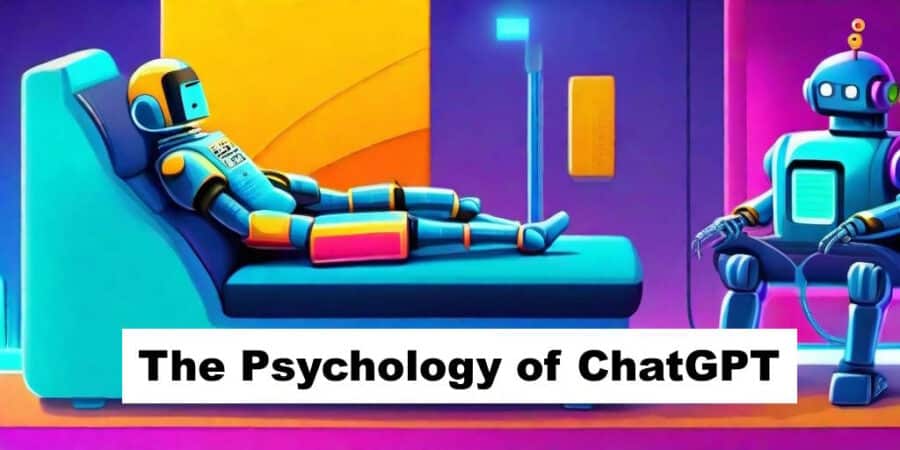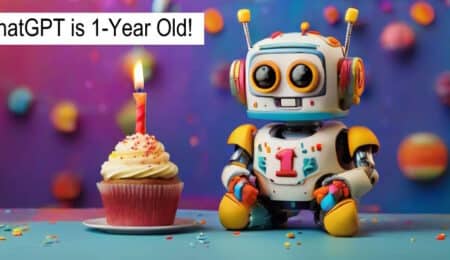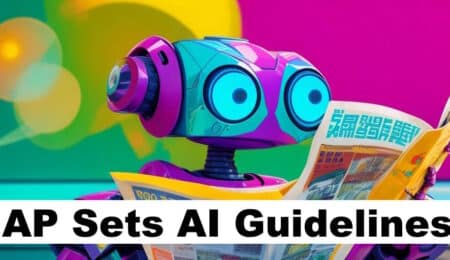ChatGPT, a chat-based Generative Pre-trained Transformer, is one of the most innovative creations of OpenAI. This advanced language model has been making waves in the tech industry, with its adoption rate skyrocketing in a surprisingly short span of time. The potential of ChatGPT to revolutionize communication and information processing has led to a growing interest in understanding how to best integrate it into existing products and services.
With the rise of ChatGPT and similar large language models (LLMs), the role of product researchers has become even more crucial. These professionals are tasked with navigating the challenges and potential harm associated with the adoption of LLMs. They are the gatekeepers, ensuring that these powerful tools are used responsibly and ethically, and that their integration into products and services is seamless and beneficial.
Microsoft, a tech giant known for its innovative spirit, has been integrating LLMs into its ecosystem for years. The company has shown a keen interest in harnessing the capabilities of LLMs, such as ChatGPT, to enhance its offerings. This integration has opened up new avenues for user interaction and data processing, demonstrating the transformative potential of these models.
Despite its impressive capabilities, ChatGPT is not without its flaws. The model has several biases, including a left-leaning political orientation and a tendency to produce verbose responses. Furthermore, it often struggles with understanding user intent and has limitations in anthropomorphizing and selection bias. These biases can impact the quality and reliability of its outputs, making it crucial for users to approach the model with a critical eye.
ChatGPT is not an AI in the traditional sense and doesn’t possess the level of Artificial General Intelligence often portrayed in science fiction. It is subject to the Dunning Kruger Effect, where it may overestimate its own capabilities, and recency bias, where it gives undue weight to recent information. Additionally, it has limitations in terms of historical data and training, which can affect the breadth and depth of its responses.
ChatGPT is trained on internet data, which means it has limitations in understanding real-world constraints. Its training data includes opinion-based social media sites like Twitter and Reddit, which can skew its outputs and lead to the propagation of misinformation or biased perspectives. This underscores the importance of using ChatGPT judiciously and verifying its outputs where necessary.
ChatGPT also suffers from biases such as the Semmelweis effect, where it may reject new evidence that contradicts its established framework, and the sunk cost fallacy, where it continues a behavior or endeavor based on previously invested resources. Being aware of these biases can help users set appropriate expectations and explore creative use cases for the model.
The environmental impact of ChatGPT is another important consideration. Loading the ChatGPT model requires significant computing power and consumes high energy. The data centers supporting ChatGPT also contribute to power consumption and environmental impact. As we continue to leverage the capabilities of ChatGPT and similar models, it’s essential to balance their benefits with their environmental footprint and strive for sustainable practices.
In conclusion, while ChatGPT is a powerful tool with immense potential, it’s important to understand its limitations and biases. As we continue to integrate these models into our products and services, we must do so responsibly, ethically, and sustainably.




